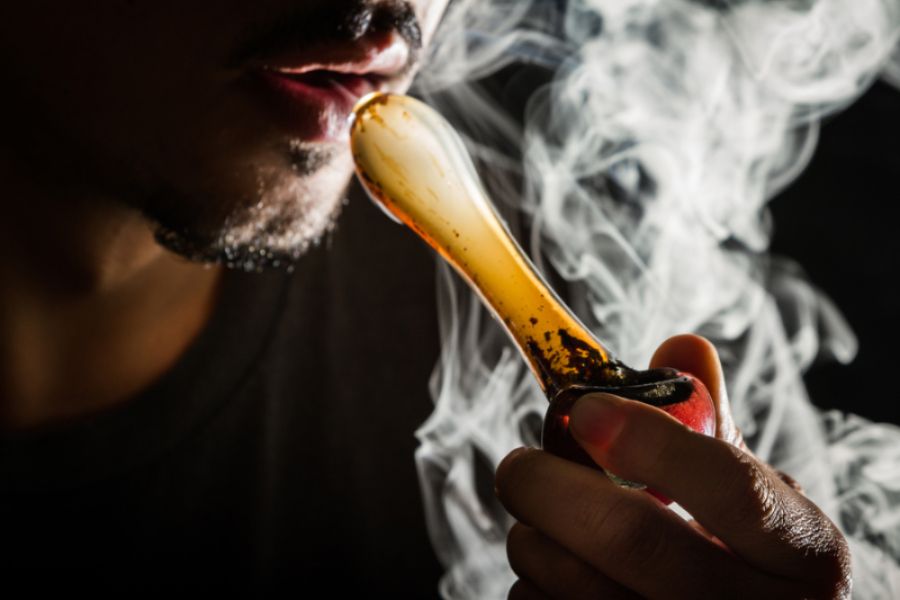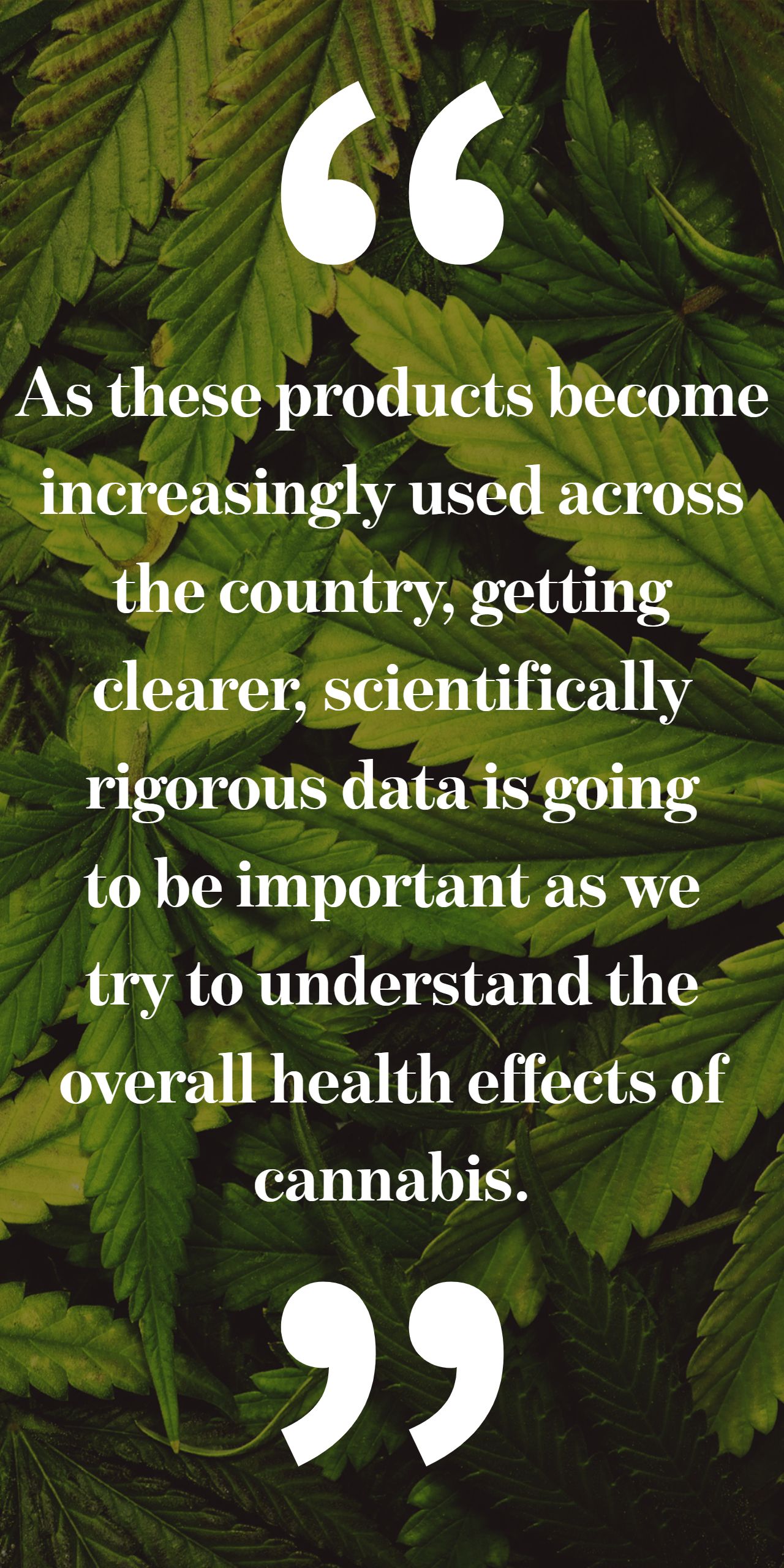- Clinical Technology
- Adult Immunization
- Hepatology
- Pediatric Immunization
- Screening
- Psychiatry
- Allergy
- Women's Health
- Cardiology
- Pediatrics
- Dermatology
- Endocrinology
- Pain Management
- Gastroenterology
- Infectious Disease
- Obesity Medicine
- Rheumatology
- Nephrology
- Neurology
- Pulmonology
Young Marijuana Users May be at Greater Risk for Stroke, Arrhythmia
Two studies to be presented at the upcoming AHA annual meeting found that young cannabis users are at greater risk for stroke and arrhythmia.
Two new studies to be presented at the upcoming AHA annual meeting shed light on cardiovascular effect of marijuana use in young adults. (Image: ©Wollertz/Shutterstock.com)

Young people who frequently use marijuana are at a higher risk of stroke and are more likely to be hospitalized for arrhythmias, according to 2 new preliminary studies to be presented at the American Heart Association’s (AHA) 2019 Scientific Sessions in Philadelphia, Pennsylvania (November 16-18).
With the rising number of US states legalizing medical and recreational marijuana, cannabis use is increasing with approximately 22.2 million users every month, according to the US Centers for Disease Control and Prevention (CDC).
Marijuana is increasingly being thought of as a safe substance with few negative side effects, but more research is needed to understand the overall health effects of marijuana use.
“As these products become increasingly used across the country, getting clearer, scientifically rigorous data is going to be important as we try to understand the overall health effects of cannabis,” said AHA President Robert Harrington, MD, in an AHA press release.
Study #1: Stroke risk higher among young marijuana users
Approximately 14% of survey participants reported using cannabis in the last 30 days.
Young cannabis users who also smoked cigarettes or e-cigarettes were 3 times more likely to have a stroke vs non-users, according to a new observational study (AHA oral presentation 333).
Also, marijuana users who did not use tobacco products, but did use cannabis for >10 days/month were approximately 2.5 times more likely to have a stroke vs non-users.

Using pooled data from the Behavioral Risk Factor Surveillance System (2016-2017) – a nationally representative cross-sectional survey collected by the CDC – researchers examined stroke risk among >43 000 adults aged 18-44 years.
Cannabis users were more likely to be younger, non-Hispanic white or black, have some college education, and were often physically active vs non-users.
Cannabis users, compared to non-users, were also more likely to:
- Be heavy drinkers (16.8% vs 4.9%)
- Be current cigarette smokers (37.9% vs 15%)
- Have lower prevalence of diabetes (2% vs 4.9%)
This may have influenced their risk of stroke, despite researchers adjusting for the above factors.
“Young cannabis users, especially those who use tobacco and have other risk factors for strokes, such as high blood pressure, should understand that they may be raising their risk of having a stroke at a young age,” lead author Tarang Parekh, MBBS, MS, health policy researcher, George Mason University, Fairfax, Virginia, said in the AHA press release. “Physicians should ask patients if they use cannabis and counsel them about its potential stroke risk as part of regular doctor visits.”
Study #2: CUD Associated with Increased Risk of Arrhythmia Hospitalization
Cannabis use disorder (CUD) is characterized by frequent, compulsive use of marijuana.
In the first, large-scale, population-based study to evaluate a link between CUD and arrhythmia hospitalization, patients diagnosed with CUD had a 50% increased risk of being hospitalized for an arrhythmia vs non-users (AHA poster presentation Mo2053).
Researchers – led by Rikinkumar S. Patel, MD, MPH, Department of Psychiatry, Griffin Memorial Hospital, Norman, Oklahoma – compared patients aged 15-54 years with a primary diagnosis of arrhythmia (>570 000) to those without an arrthymia diagnosis (>67 million).
In regression analysis, CUD was linked to higher odds of arrhythmia hospitalization among young patients:
- Aged 15-24 years: 1.28 times (95% CI, 1.229-1.346)
- Aged 25-34 years: 1.52 times (95% CI, 1.469-1.578)
Despite CUD being more common among white men aged 45-54 years, young African American men with CUD (aged 15-24 years) were at the greatest risk of being hospitalized for arrhythmias.
“The risk of cannabis use linked to arrhythmia in young people is a major concern . . . physicians should ask patients hospitalized with arrhythmias about their use of cannabis and other substances because they could be triggering their arrhythmias,” Patel stated in the same AHA press release.
Patel also highlighted the importance of knowing, “the difference between therapeutic cannabis dosing for medical purposes and the consequences of cannabis abuse. We urgently need additional research to understand these issues.”
